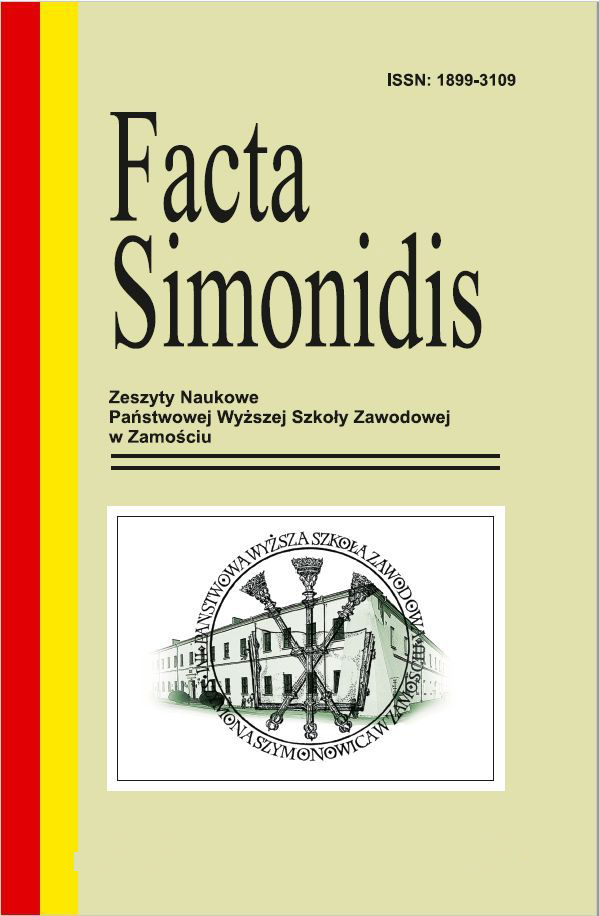Konfl ikt polsko-ukraiński na południowo-wschodniej Lubelszczyźnie podczas okupacji niemieckiej w świetle badań polskich i ukraińskich po 1989 roku.
The Polish-Ukrainian conflict in the south-eastern Province of Lublin under German occupation in Polish and Ukrainian historiography after 1989.
Author(s): Andrzej BożykSubject(s): Post-War period (1950 - 1989), Transformation Period (1990 - 2010), Peace and Conflict Studies
Published by: OFFICINA SIMONIDIS. Wydawnictwo Uczelni Państwowej im. Szymona Szymonowica w Zamościu
Keywords: Collaboration; Ukrainian Central Committee; district of Lublin;
Summary/Abstract: The article depicts Polish-Ukrainian confrontation in the south-eastern region of Lublin in the light of Polish and Ukrainian historiography. The majority of Ukrainian historians consider that the genesis of the anti-Polish action in Volhynia is caused by similar actions of the Polish underground in Chelm and Southern Podlasie region in 1941-(spring)1943. Polish historiography rejects this argument, considering Ukrainian victims to be the retaliation for collaboration activities of Ukrainian circles. German ethnic policy determined the here existing Polish-Ukrainian antagonism. The conflict was exacerbated by “Ukraineraktion” and “Wehrwolf” operations, which took place as a part of the German displacement and pacification action in Zamosc region (November 1942-August 1943). The apogee of Volhynia events – the summer of 1943 – definitely eliminated the chance of minimizing an armed confrontation between the groups of AK and BCh and the units of UNS and the Ukrainian police. The most intensive clashes took place in the spring of 1944 in the eastern part of Tomaszow county and south-western part of Hrubieszow county.
Journal: Facta Simonidis
- Issue Year: 1/2008
- Issue No: 1
- Page Range: 191-206
- Page Count: 16
- Language: Polish

